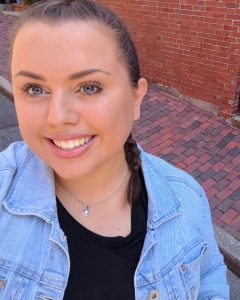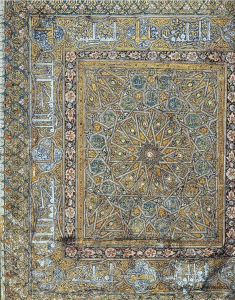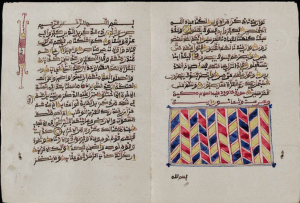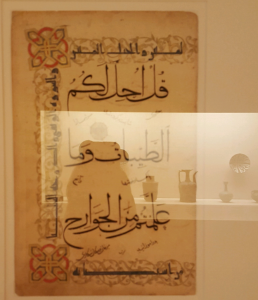marHaba! My name is Uljana Sejko and I am a senior at Loyola. My studies focus on Computer Science and Spanish with minors in Arabic, Computer Forensics, and Psychology of Crime and Justice. I love learning languages and I am proficient in Albanian, Greek, and Spanish. I was born and raised in Albania and I moved to the United States with my family when I was 15. At a young age, I realized that language plays a crucial role in one’s life, so I decided that no matter what career path I take, I will always dedicate extra time to language learning. It is the least we could do as privileged students at a great university, especially in trying times like these. I believe that taking the time to learn another language shows dedication, curiosity, and respect for other cultures. Languages bring people together, even at places and times one would least expect it.
This past summer I worked as an intern at MIT Lincoln Laboratory, a federally funded research and development center chartered to apply advanced technology in support of national security problems. I worked in the field of cybersecurity and machine learning and I had the opportunity to meet several researchers from different backgrounds. Although my internship was a great opportunity to enhance my technical skills, I was worried that after a long break from my language studies, I would end up forgetting everything I had learned. So far, I had only practiced my Arabic in a school setting or at the Language Learning Resource Center (see my previous blog).
I never expected to be practicing my Arabic in Massachusetts, especially at the lab where I worked. The first week of work, our group had a promotion celebration so we visited a local restaurant. A fellow intern, Cassie sat with me and as I was thinking what to order. I heard her ask for Tabbouleh. Excited, I started telling her how I recently learned in my Arabic class about Middle Eastern dishes, Tabbouleh being one of them. To my surprise, Cassie had taken two semesters of Arabic at the University of Massachusetts Amherst and immediately started greeting me in Arabic. Even though our attempts at talking in Arabic started as a joke, during our lunch breaks at work we would sit by a whiteboard and take turns in writing phrases or words. Other curious interns would watch and ask us about it. One day the HR manager of diversity and inclusion walked by and saw Arabic written all over and proceeded to greet us with “assalaamu ‘alaykum” and of course we greeted him back. I felt so proud and happy that I could put to use my limited Arabic to communicate with my friend at my workplace.
It is beautiful to see the connection a new language can make between people. Cassie and I were able to bond over our love for languages and still keep in touch today. All the hours of studying and hurdles combined with an amazing instructor in previous semesters and classmates with an eagerness to learn make every second of this learning experience worth its while.
Below I have included some pictures and their descriptions I took during a visit at the Museum of Fine Arts in Boston. I thought the calligraphy was beautiful so I had to share.
Pictured: Illumination from a Qur’an frontispiece, 14th century, Egyptian
Intricate star pattern from the opening page of a 14th century Qur’an made in Egypt. The small inscriptions inside some of the sections of the pattern record how many words and letters there are in the Qur’an. Statistics such as these were an integral part of the study of the Qur’an in medieval times and continues today.
The margins of Qur’an manuscripts contain a range of motifs and emblems. Most of these are verse, chapter or section markers –tools that help readers keep track of their place in the text.
Pictured: Leaf of a Qur’an, 14th century, Anatolia or Central Asia.






